The Tragic Reason Anime Video Games Are Horrible
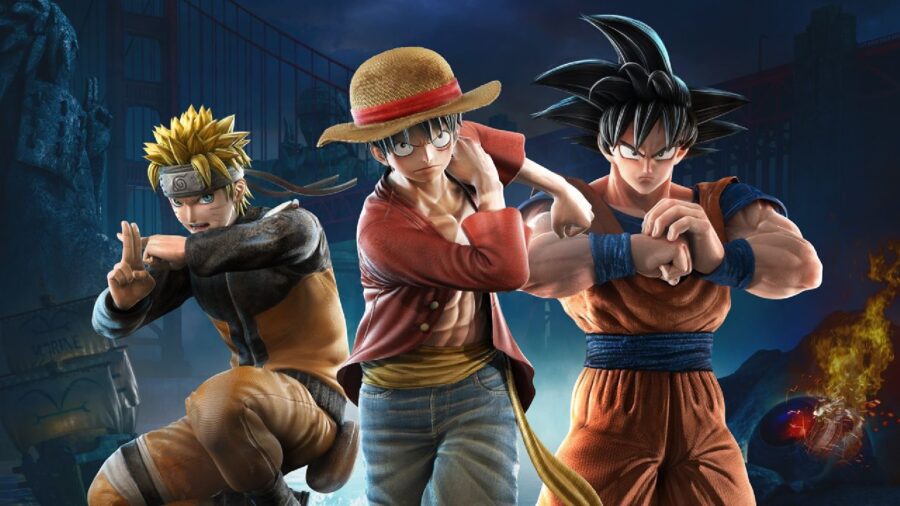
Anime fans are used to this cycle by now: a new game is announced for their favorite franchise, the screenshots look incredible, the animation studio is involved, and then, once they sit down to play, it’s disappointing. There are exceptions, of course, but for the most part, anime video games aren’t very good, and the reason why can be painful to hear for fans. To most of the Japanese developers behind them, these games are cheap, licensed products and not a labor of love.
Miss What Makes The Anime So Great
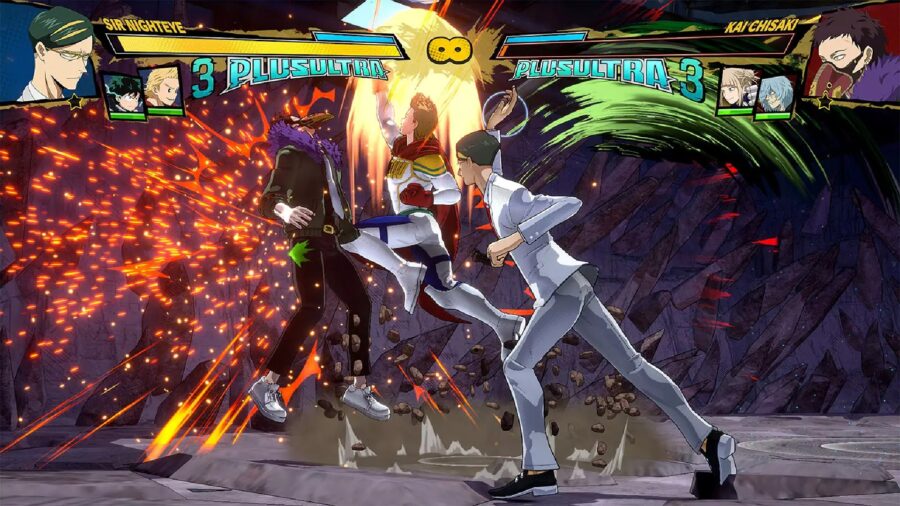
To fans, an anime video game based on, say, My Hero Academia might bring up a vision of a large open world, going on patrol and stopping random villains while experiencing the story of the anime. The reality is that My Hero Academia One’s Justice is instead a 3D arena-based fighting game with every character, from Mineta to Gang Orca, controlling the same way. I enjoy both games in the series, and I even played My Hero Ultra Rumble, but it feels like a major missed opportunity.
As it turns out, most anime video games use the same 3D arena style, from Jujutsu Kaisen: Cursed Clash to Jump Force, and that’s not because it’s the best for the Shonen style of anime, but because it’s cheap and easy to make.
No Longer Taking Bold Risks
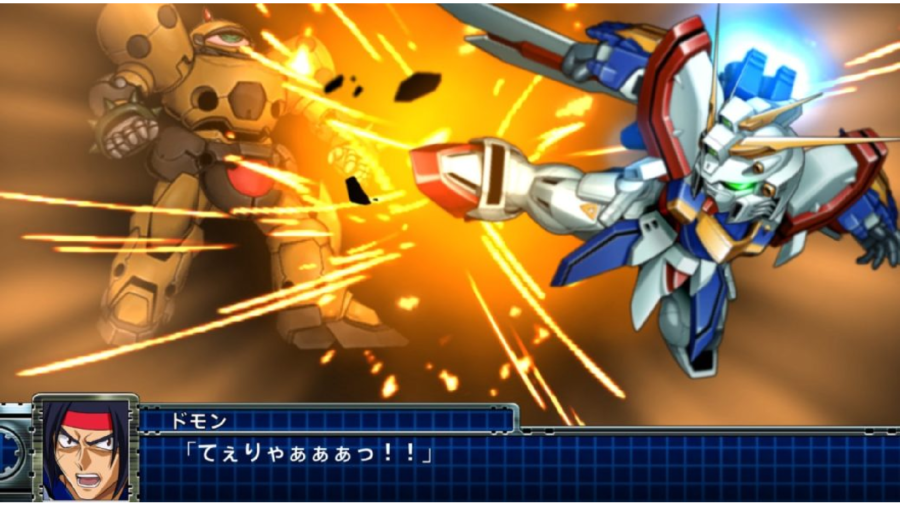
As a huge anime fan for decades, I remember back when all the cool video games were only released in Japan, so we were denied the strategy RPG Super Robot Wars, the Dragon Ball: Legacy of Goku turn-based RPG series and even the surprisingly fun Ranma 1/2 fighting game. These days, not only are most of the recent releases free-to-play Gatcha, but studios aren’t taking bold chances like they did back in the SNES-era.
Jamming A Complex Series Into An Interactive Format
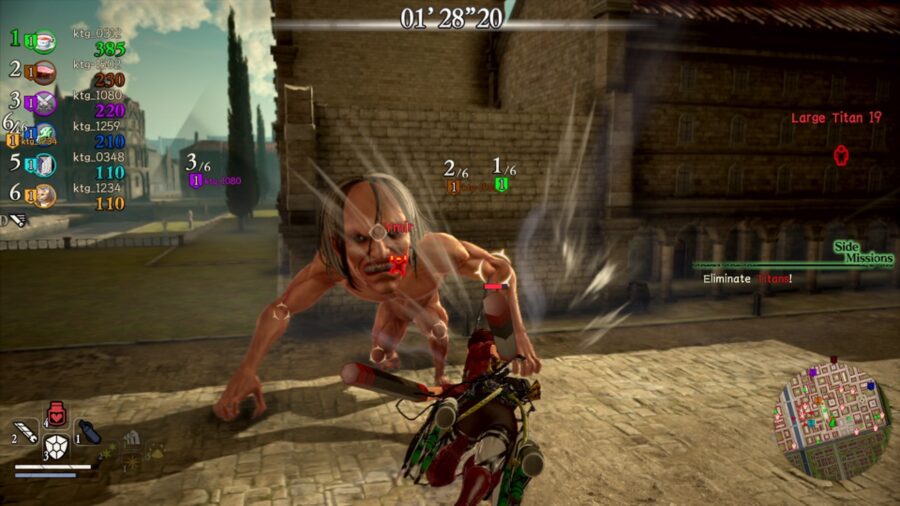
By far, the worst recent offender to me is Attack on Titan, which is, admittedly, a hard anime to translate into a video game, but it’s also one of my favorites, so I had to check it out. It’s Dynasty Warriors (Musou-style) with ODM gear, which is fun but repetitive, and in re-telling the story of the anime (twice, if you play the second game), Koei-Tecmo didn’t take advantage of translating it into a video game, it’s slightly bent to allow for custom characters, but again, it’s playing too safe.
Licensed Games Don’t Have To Be Cookie-Cutter
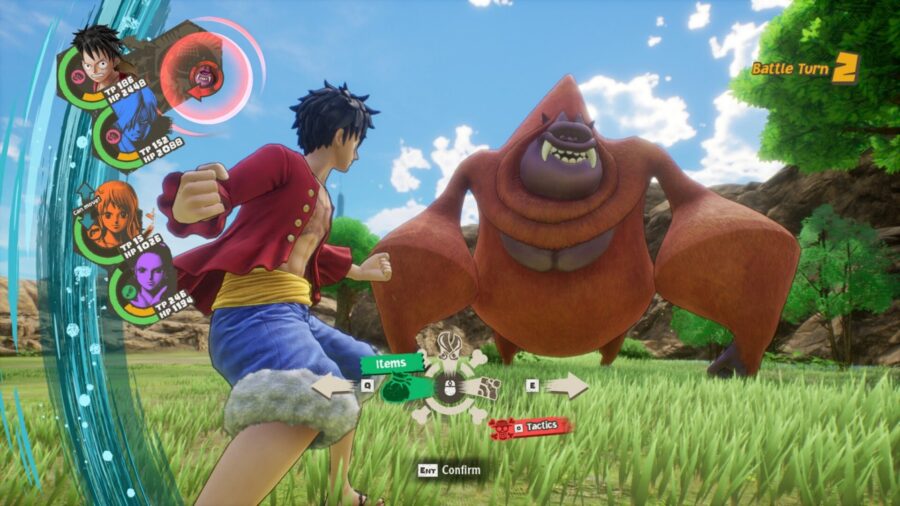
The best way to think of anime video games is the way that the public thought of licensed games for generations before Batman: Arkham Asylum came about and changed everything. While fans are waiting for these to re-live their favorite series and play as their favorite characters (or Mineta), it’s, again, a cheap, profitable cash-grab for the developer. There are, of course, exceptions to this, but when the next One Piece game goes back to the Musou style instead of the turn-based structure of One Piece: Odyssey, know that profit margins are the reason why.
A Few Of The Exceptions
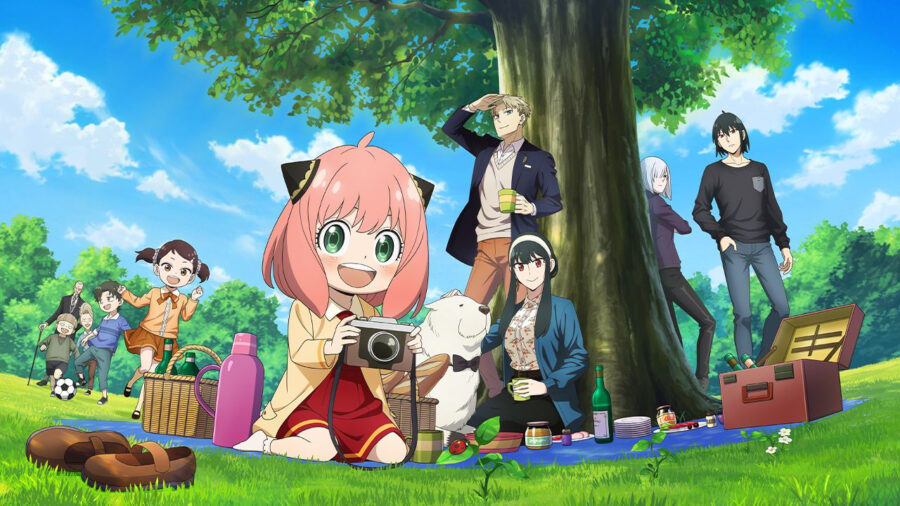
Dragon Ball FighterZ finally did away with the Budokai arena combat and gave fans the 2D fighting game they’ve wanted for decades, and it was fantastic. Dynasty Warriors Gundam, again, used the Musou style but played with the multiverse setting to create fun character interactions; who didn’t want to see Char take on Zechs? The upcoming Spy x Family anime video game, Spy x Anna: Operation Memories, adapts the gameplay of Pokemon Snap/Pupparazzi for a new generation. it could be horrible, but at least it’s something new and different.
Anime Fans Will Keep Buying Them
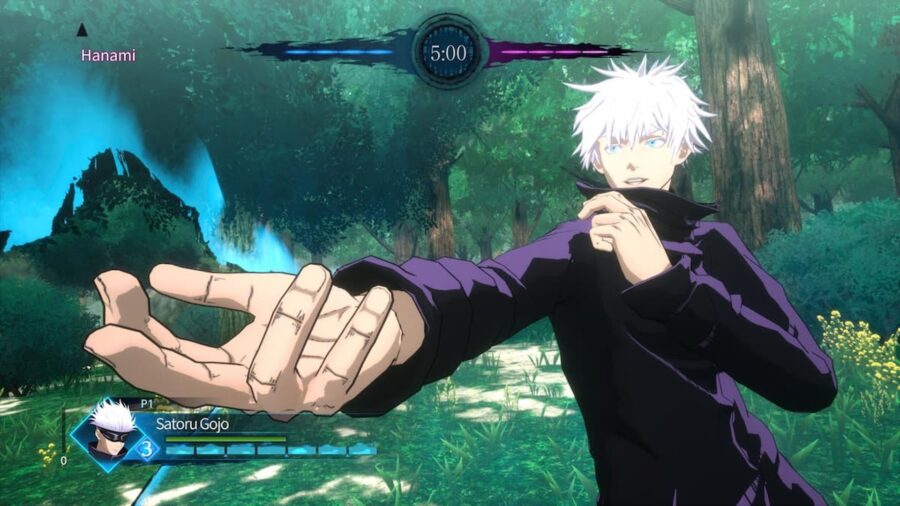
I’ve been burned by so many anime video games in the past, and yes, I’ll be burned again in the future because I keep holding out that maybe the next one is going to be fun, rewarding, engaging, and bring the series to life in a way I’ve never seen before. I’ll tell myself that as I download the next Gatcha game or 3D arena brawler before the disappointment creeps in.











